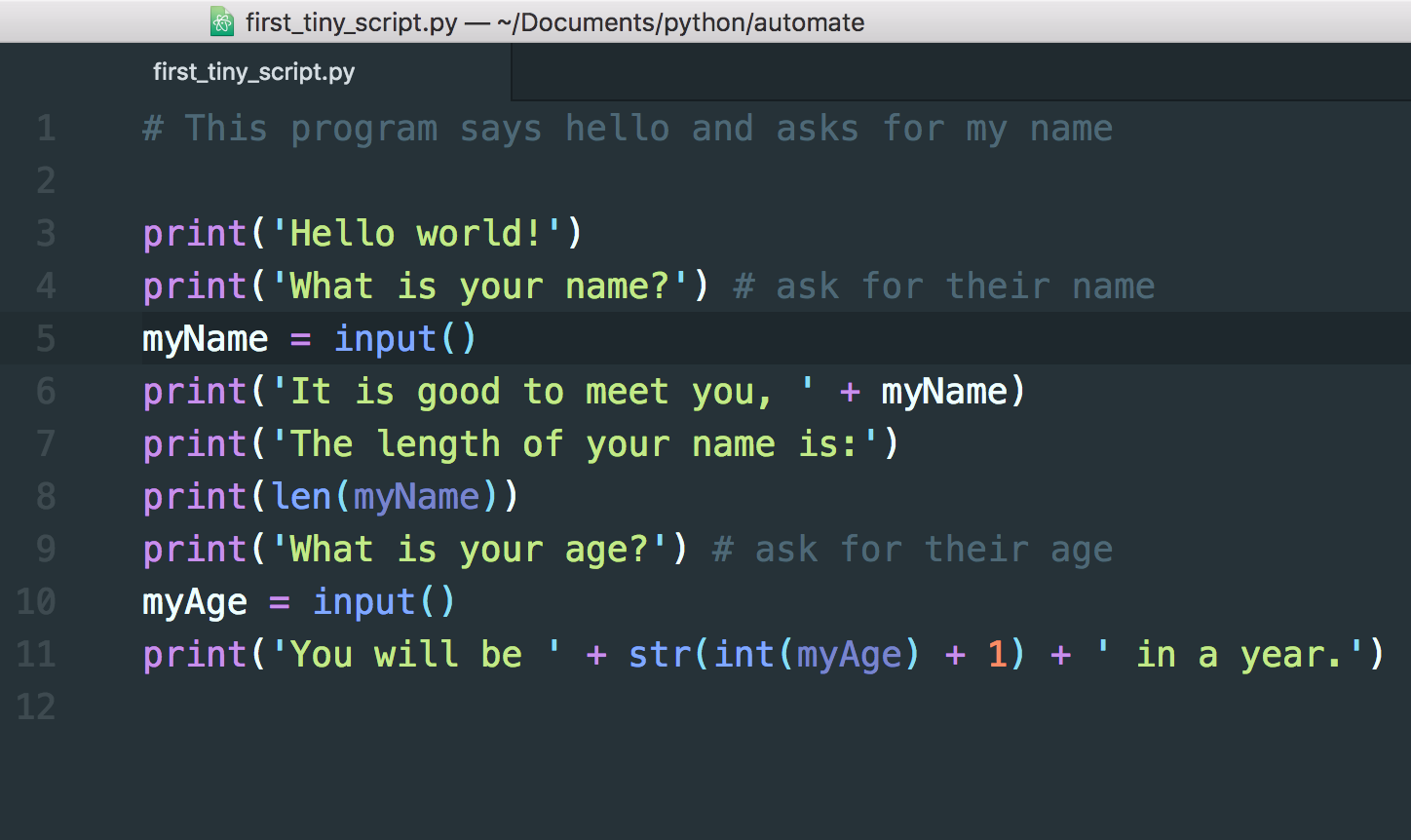In the modern world, data is one of the most valuable assets, and knowing how to analyze it is a critical skill. This is where you can learn how to use Python for Data Science and Machine Learning. Python has become the dominant language in this field due to its simplicity and, more importantly, its powerful ecosystem of libraries designed specifically for handling data, creating visualizations, and building predictive models.
Table of Contents
🐼 How to Manipulate Data with Pandas
The first step in any data science project is to clean and prepare your data, and the go-to library for this is Pandas. Pandas provides a powerful and flexible data structure called a DataFrame, which is essentially a table that allows you to easily load, inspect, clean, and transform data. With just a few lines of code, you can load a dataset from a CSV file, handle missing values, filter rows based on specific conditions, and group data to calculate summary statistics.
📊 How to Create Basic Plots with Matplotlib
Once your data is clean, the next step is to explore it visually. Data visualization is key to understanding trends, patterns, and outliers. Matplotlib is the most fundamental plotting library in Python. It provides a wide range of tools for creating static charts and graphs like line charts to show trends over time, bar charts to compare categories, and scatter plots to examine relationships between variables. Matplotlib gives you fine-grained control over every aspect of your visualization.
🤖 An Introduction to Machine Learning with Scikit-learn
Machine learning involves building models that can learn patterns from data and make predictions. The most popular library for general-purpose machine learning in Python is Scikit-learn. It provides simple and efficient tools for data preprocessing, building classification and regression models, and evaluating their performance. With Scikit-learn, you can easily split your data into training and testing sets, train a model like a Random Forest to predict an outcome, and then evaluate its accuracy with just a few lines of code.
—
Tadese, Girmay. Code Smart with Python Programming Language. Venus Online Software Training, 2024.
More Topics
- How to Showcase Your Python Skills with Mini-Projects
- How to Level Up with Advanced Python Programming Concepts
- How to Use Python for Cybersecurity Tasks
- How to Organize Your Code with Python Functions and Modules
- How to Work with Files in Python
- How to Use Python’s Core Data Structures
- How to Get Started with Object-Oriented Programming (OOP) in Python

